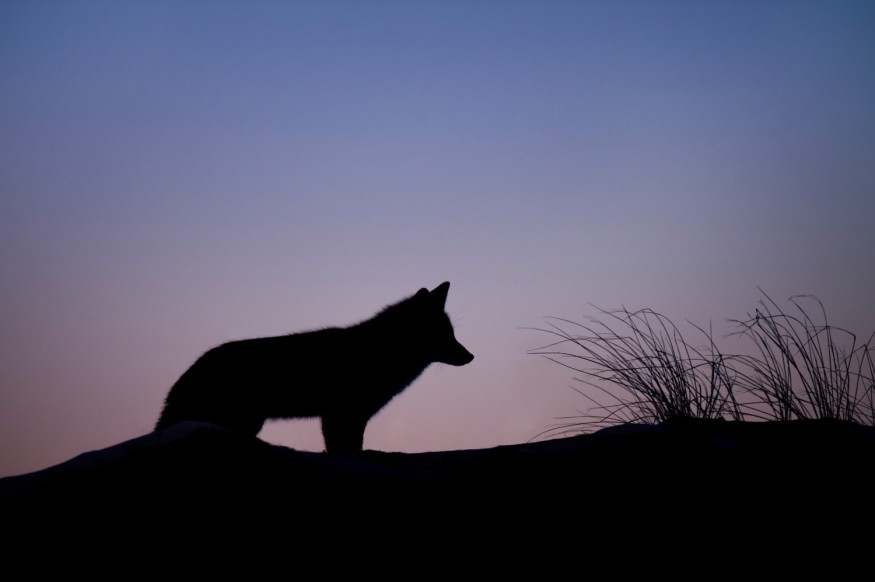
Who do you think would triumph in a battle between history 's greatest carnivores, the dingo or the wolf?
Others recognize dingoes as a distinct group, while others disagree. Dingoes vary greatly in size and morphology according as to where they reside.
Then there are the wolves from North America called 'Grey', Red, Asiatic Mexico, Euraasia, Himalayan, Indian and Tibetan, African golden, Ethiopian, and even ghost.
Phantom wolves are animals that we can identify using biological historic data, though they currently do not exist and no remains are proven to occur.
The World's Greatest Carnivores
Let's pretend this fight is about a grey wolf and an alpine dingo for the sake of argument.
Ignoring the fact that wolves and dingoes confront in the animal world, they typically constitute a very low threat to humans, particularly if we accept advice such as not consuming them.
Dingoes are usually found individually, in couples, or in small clusters but when food is available, they can be located considerably larger. Australia is home to so many of these animals that they are generally considered pests. They normally weigh between 15 and 20 kg, but grey wolves often reach around 30 and 65 kg, with some males reaching up to 80 kg.
Dingoes and wolves, like certain carnivores, play vital responsibilities in our environments and, in several cases, have major cultural importance for Native population.
However, wolves are substantially taller than dingoes, standing 65-80cm and 45-60cm at the shoulders, correspondingly.
Furthermore, in the natural, wolves and dingoes would never fight each another.
This is prudent conduct since dingoes are tiny in population and stature and cannot rely on a huge pack, like wolves do, to replace them if they are damaged in a combat.
Dingoes and wolves are gregarious and sentient creature's adept of complicated action and resolving issues.
"Although dingoes are tiny, committed couples will battle in unison.
Dingo Vs Wolf
Dingoes have been observed vertically leaping 2 meters and scaling barriers, like cats in many ways.
Grey wolves are hyper-carnivores, meaning they eat often other species, often huge prey like deer, elk, moose, and bison.
Dingoes, on the other hand, may have an edge in narrow spaces because to their smaller frame, higher mobility, elasticity, and mountaineering ability.
Wolves, are often seen in groups of five to 10, however groupings of 20 have been observed.
If it comes down to pack versus pack, wolves will be too powerful. Female dingoes, according to specialists, are especially lethal, based on her three decades of studies.
However, if a solitary wolf happens to stumble encounter a group of dingoes, the tide may flip significantly in support of the dingoes.
Wolves and dingoes compete for mating, pack supremacy, and the establishment and maintenance of territory.
If the conflict takes place in the open, and is merely between one dingo and one wolf, the considerably heavier, taller, and longer wolf will be too much for the dingo to handle.
© 2025 NatureWorldNews.com All rights reserved. Do not reproduce without permission.





